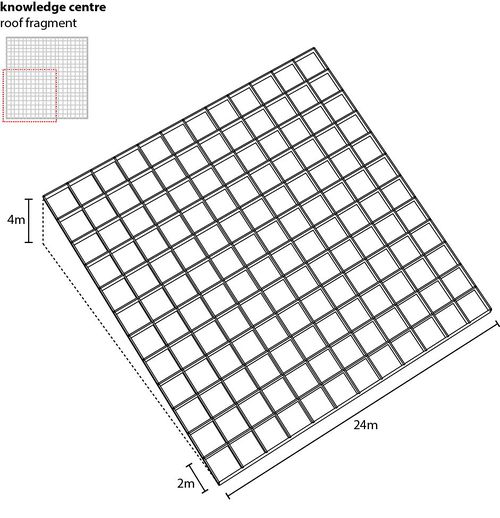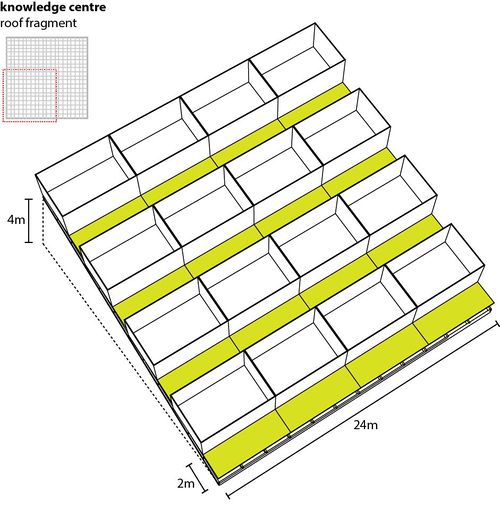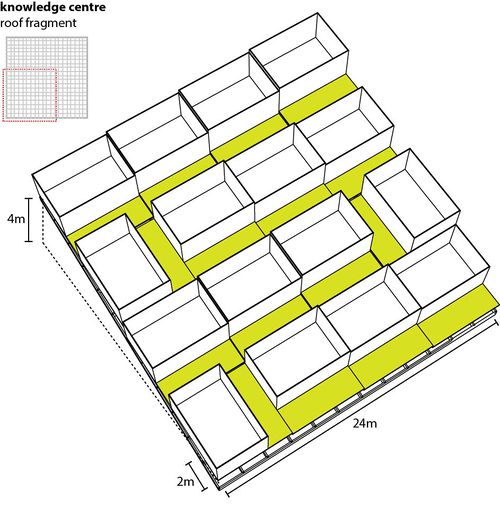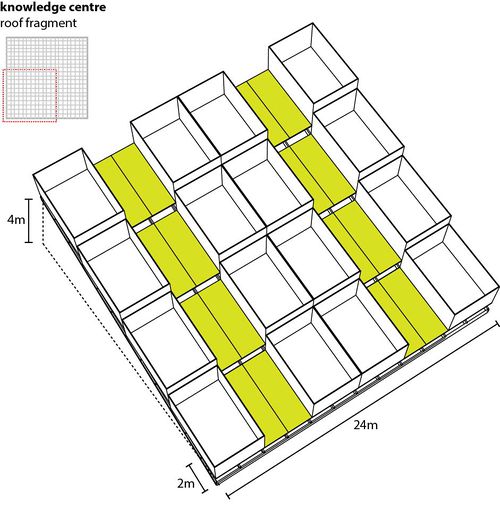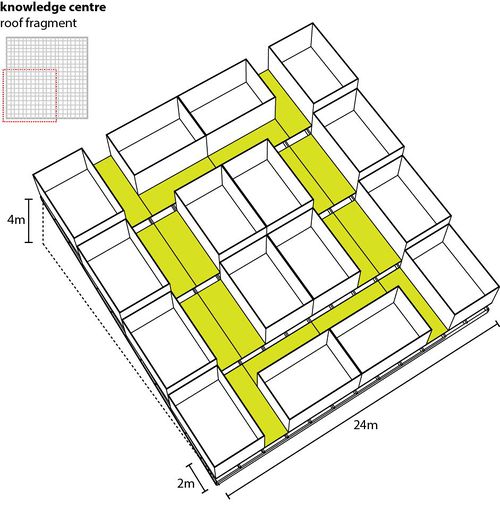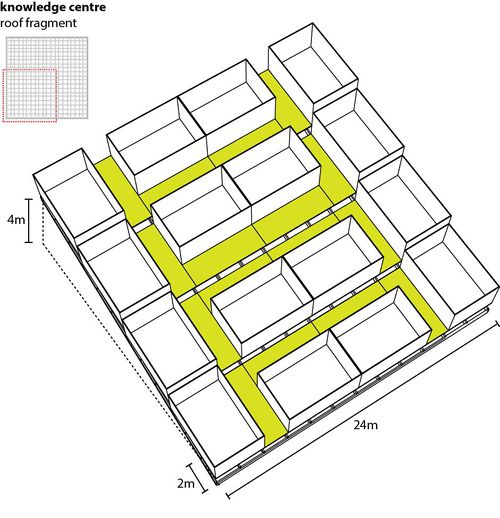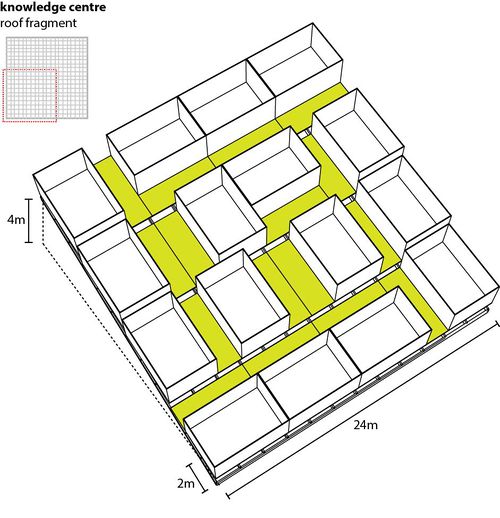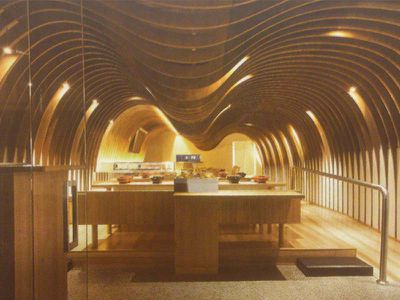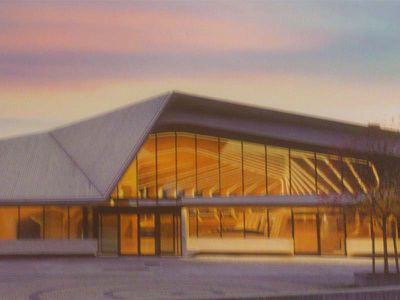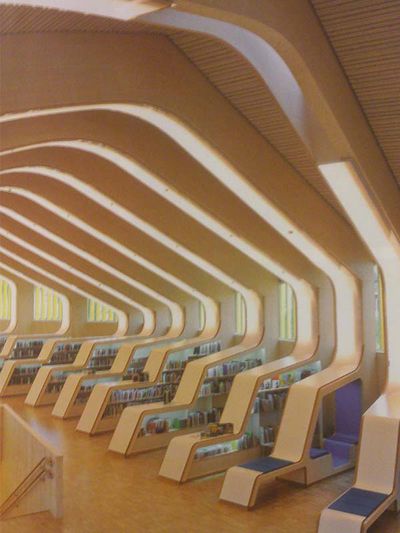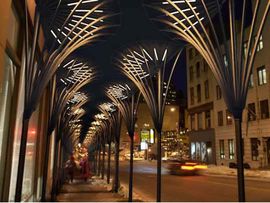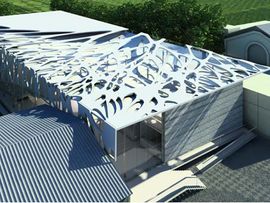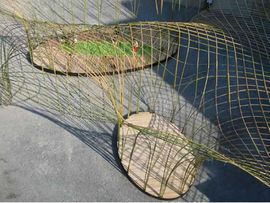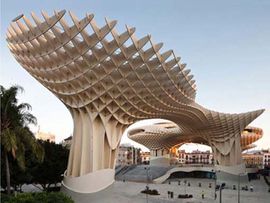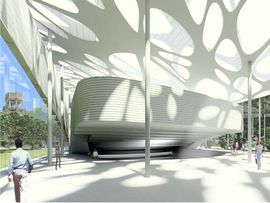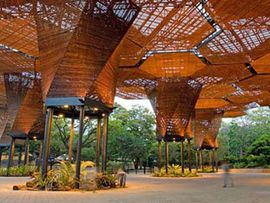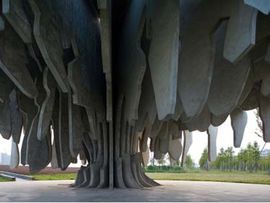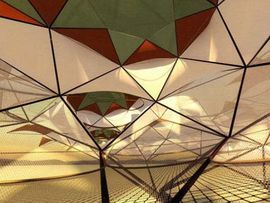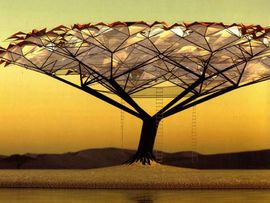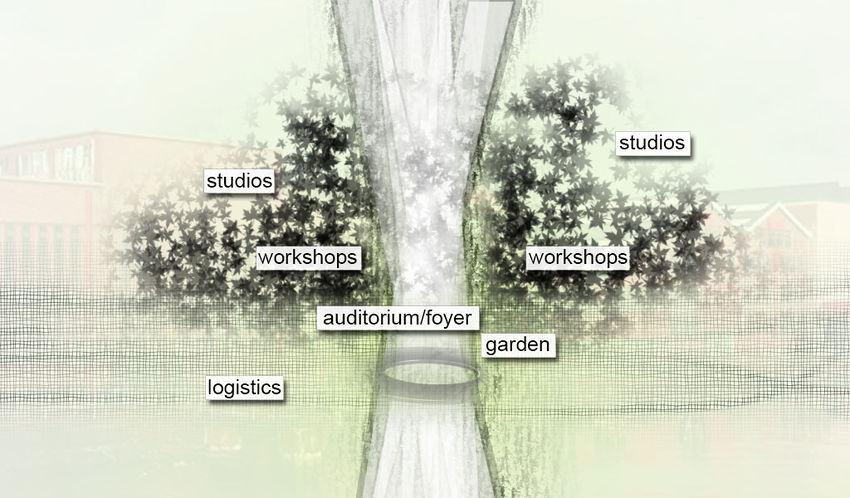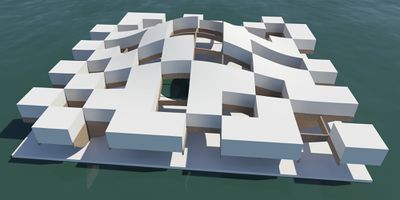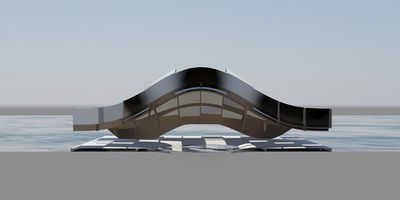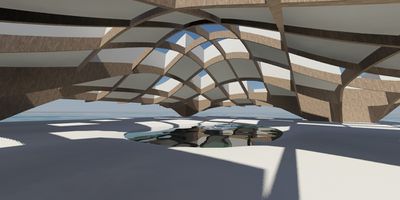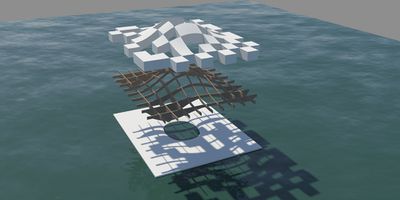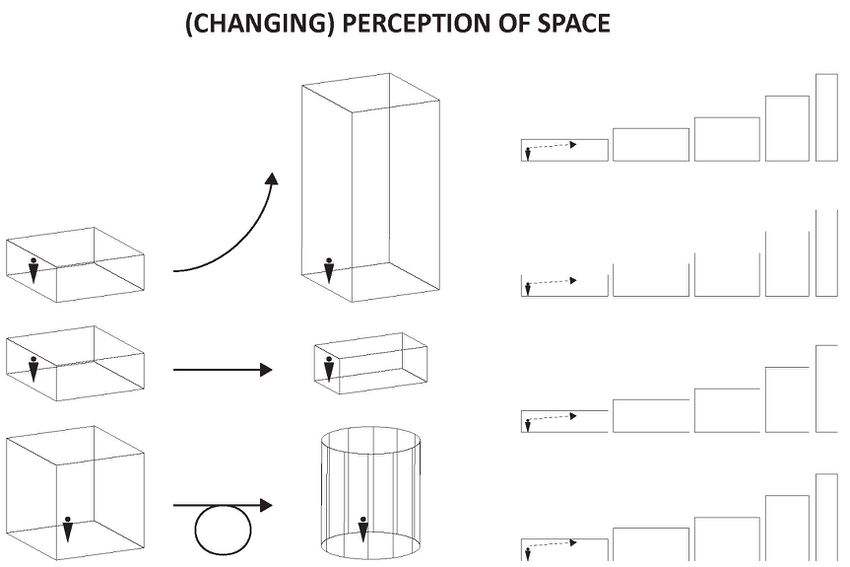project13:Styling
Contents |
Configurations
Shape development
The architectural part of this project will answer to the need for a home of the monthly Knowledge Centre guests. This home provides space for a range of activities, regular home-related activities like sleeping, eating and relaxing, but also informal program-related activities like discussing, meeting and reflecting. The second part of these activities will be stimulated through the architectural design. The places for sleeping, eating and relaxing should be placed in a way that stimulates interaction while shifting from one to the other. The rooms should be placed like a village design, thus stimulating casual and coincidental meetings and providing public spaces of various sizes to have informal discussions and meetings.
The design shown below is an idea of how this could be developped. Right now it is being reconsidered.
Some other things to take in account for the reconsideration are:
- - Fixed connections to other projects and the site (for instance to lecture and meetings spaces of other projects in the ReRDM area);
- - Flexible connections to other projects and the site (Islands and the units of the Reizende Drijvende Markt);
- - Sustainable energy and building construction solutions;
References
Clockwise from top left: Young-Hwan Choi in New York, the Sereo building interior view, nArchitects, H. Meyer in Sevilla, Sereo exterior view, Jardin Botánico-Orquideoram, the concrete tree of Christ en Gantenbein and twice 51 percent studios.
Activities and Space
The activities have already been mentioned in the interactions chapter. The diagram is shows in this paragraph as well. Each of these activities needs a different environment. An architectural space that differs in size, materialization, shape, interior, perception, outside connection, routing, etc. But the activities have a lot in common at the same time. They are even better subdivided in some sort of gradient than a strict matrix. Therefore, lots of different spaces are needed.
Activities and their usual spaces
- - Lectures in an auditorium;
- - Workshop and classes in seperate rooms;
- - Welcoming in a foyer;
- - Sleeping in studio's;
- - Eating and drinking in a restaurant or bar;
- - Relaxing in a park;
Characteristics of Spaces
- - Shape
- - Composition
- - Scale
- - Materialization / Color
- - Interior
- - Objects
- - Lightning
- - Openings
- - Routing / Connectivity
- - History / Character
- - Actors / Figurants
Temporary incomplete model
Clockwise from top: aerial view of the model; section view of the model (white spaces on top serve as the guest's studio spaces and the bottom space as the workshop/auditorium space; exploded view; interior view.
Perception of Spaces
There exist a lot of different ways an architectural space can interact with people. The feeling people have in a church is completely different than, for instance, a classroom. Ignoring the function, materialization and use of color and looking only at the shape and the proportion of dimensions the perception of the two is completely different. How can a space influence a person's behavior, thoughts, feelings, etc.? How is architectural space perceptible?
